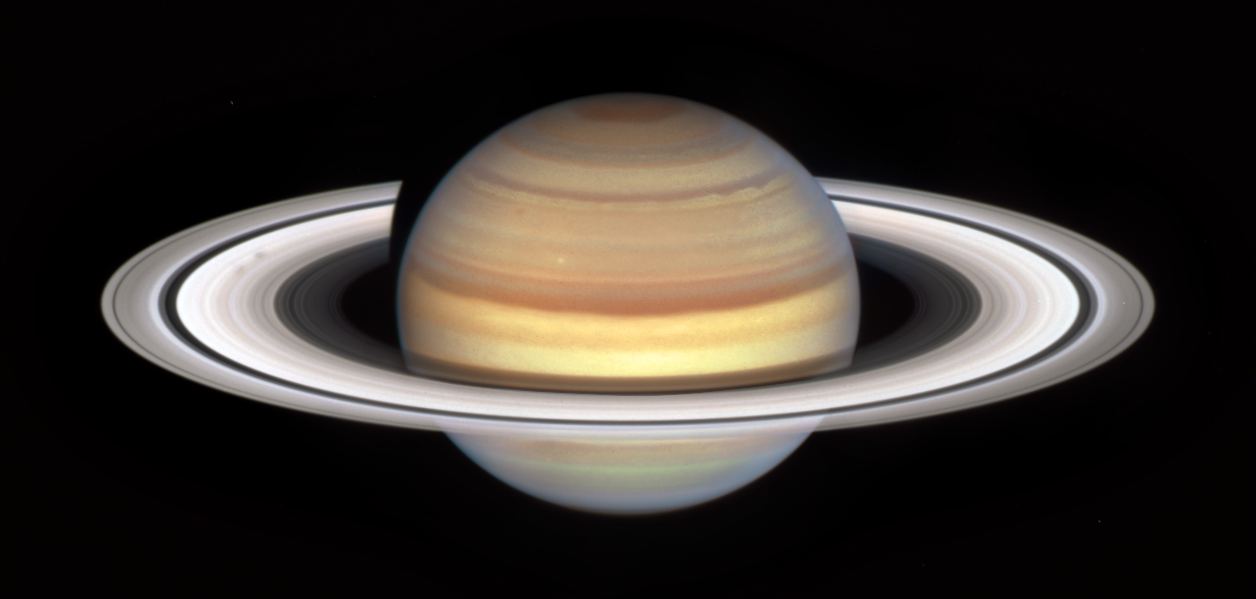This Weekend: Catch the Quadrantids at their annual peak, Earth at perihelion and the Moon blotting out Saturn.

Ready for another amazing year of skywatching? The very first weekend of 2025 offers up a flurry of wintertime astronomy events, eluding a swift meteor shower, a January ‘SuperSun,’ and a lunar planetary pair up at dusk.
Continue reading “The Quadrantid Meteors and More Ring in 2025”








